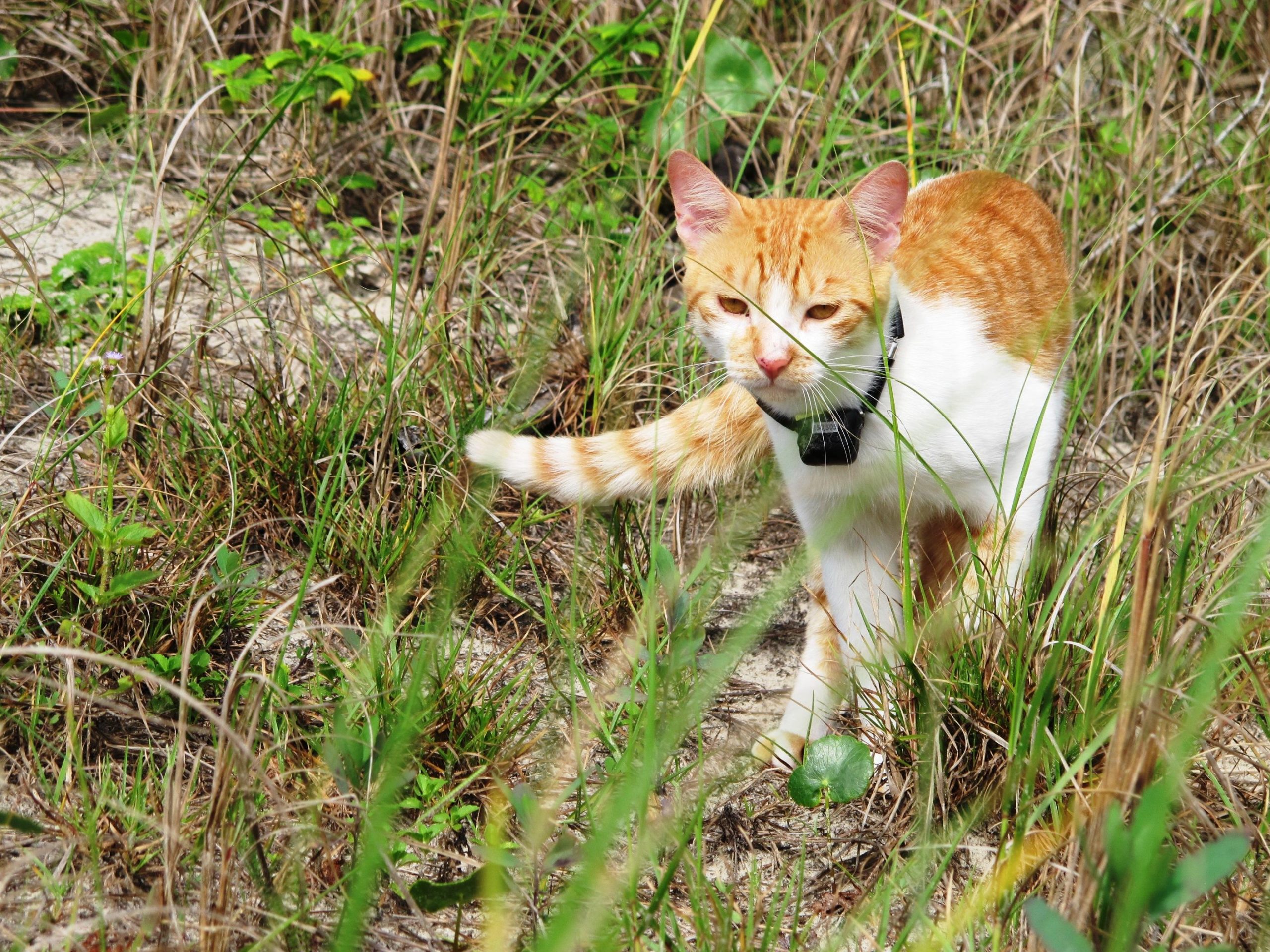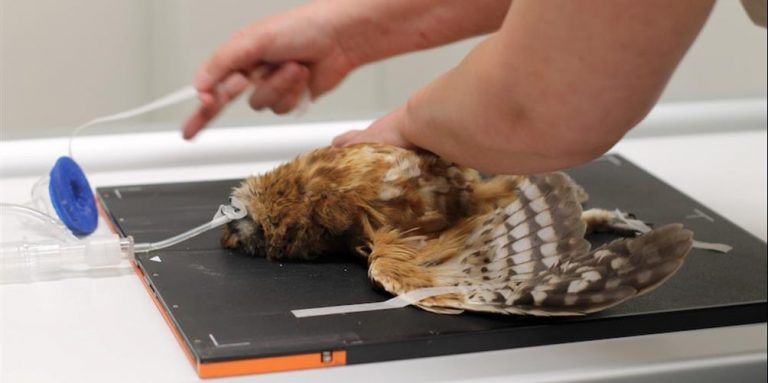How a single domestic cat allowed to roam can wreak devastation on a family of birds
This is not an uncommon story. It is entirely preventable. It should never have happened. Yet it is happening every day – multiple times. At Munibung Hill and in other bushland reserves.
In A single cat wiped out an entire colony of fairy terns, Angela Heathcote (August 6, 2019) reports how a white cat was seen prowling the breeding grounds of a vulnerable seabird. Here’s what happened next. • Reading Time: 4 Minutes
SCIENTISTS SAY that cats kill more than one million birds in Australia every day.
But what’s not so clear in that statement is the damage a single cat can wreak on an entire population of birds.
There have been historic stories of cats causing the extinction of bird species on remote islands, like the Stephens Island wren of Stephens Island in the Cook Strait. As the story goes, the wren was supposedly wiped out by ‘Tibbles the cat’, the lighthouse keeper’s companion.
Marine ecologist Claire Greenwell, who mostly studies small marine birds, was recently witness to a similar event in Australia.
In 2018, Claire was studying a nesting population of fairy terns who had chosen Mandurah in south-western Australia as their breeding site, something the townspeople were proud of. “Mandurah had a long history of nesting fairy terns,” says Claire.
Initially the locals doubted whether the new sanctuary at the mouth of the Peel-Harvey Estuary would be utilised by the birds after it was established in 2017.
“But when the birds arrived everyone was delighted,” Claire says. “We had people coming down to learn of the latest developments and having a look through spotting scopes to get a closer glimpse of the birds.
But the birds were wiped out when a white can was spotted roaming the colony at night. Within days the colony was gone – wiped out by a domestic cat allowed to roam by its human parents.
The biggest takeaway for Claire Greenwell of this unique opportunity for scientific study was that the trap-neuter-release method doesn’t work here in Australia.
Trap-neuter-release has been proposed as a method to tackle feral and stray cat populations. According to Claire, it doesn’t address the ongoing damage to wildlife caused by those cats after they’re released.
Ecologist John Woinarski, who co-authored the book Cats in Australia: Companion and Killer, says that the incident recorded by Claire is emblematic of what occurs across Australia, and shouldn’t be treated as a singular or unusual case.
John also reflected on the harm the incident has done to the community. “As urban dwellers it’s wonderful that you can have such biodiversity spectacles like the fairy tern colonies of Mandurah.
“There is biodiversity in urban areas and we need to protect that and be receptive to the value it brings to our lives.”
Having published her findings in Animals, Claire is advocating for responsible cat ownership. “Cats are wonderful pets, but owning a cat comes with responsibility. Providing your pet with a safe, secure environment that protects them from harm and reduces their impacts on wildlife is important.
“Cats can adapt to an indoor lifestyle and there are plenty of DIY cat enclosure options for people wanting outdoor time for their cat. If you own a dog, you don’t let it roam the streets, it should be no different for a cat.”
MMM … Issue 29, May 2022



